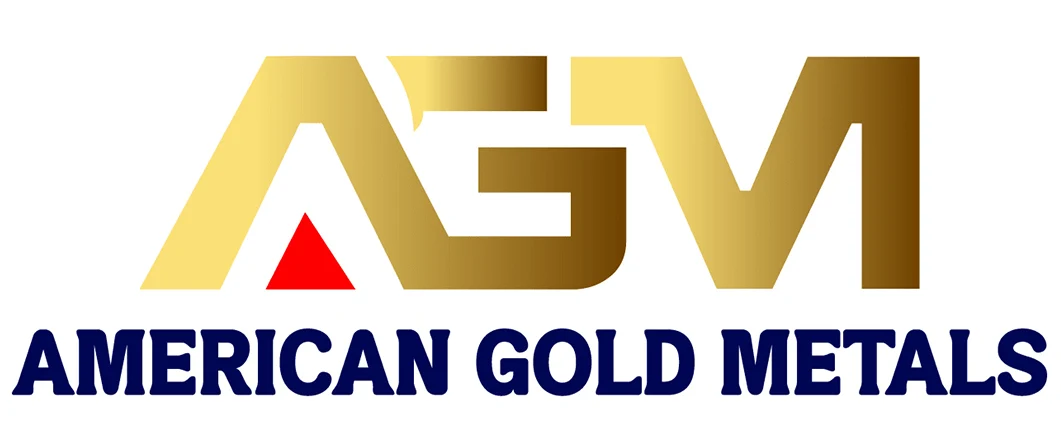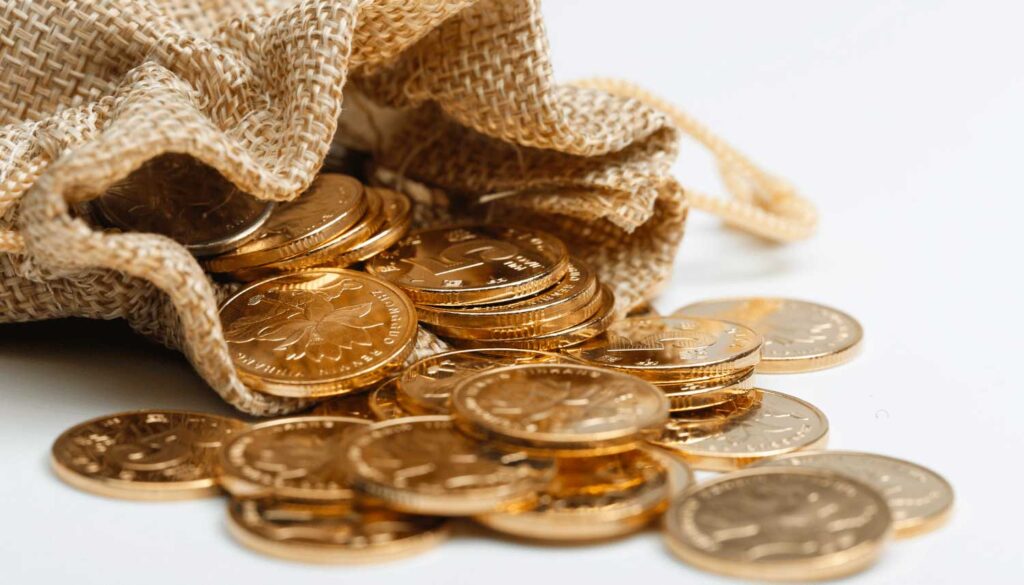John Hathaway, senior managing director of Tocqueville Asset Management, does not particularly trust banks to keep stores of physical gold safe and segregated. Indeed, he considers his black lab Jake a better watchdog than the SEC. That is why he favors the SmartMetals program from Hard Assets Alliance, a new service launched in July. Hard Assets Alliance has partnered with Gold Bullion International (GBI) to offer precious metal purchasing and storage solutions to retail investors. With more investors realizing that safety of capital is the real reason to own gold, safe storage is more important than ever. Read more in this exclusive Gold Report interview.
The Gold Report: John, you predicted $2,000/ounce (oz) gold prices. After rising to $1,900/oz last fall, the price has hovered at $1,500–1,600/oz much of 2012. What will cause it to take the next leg up?
John Hathaway: There are several factors that I think will drive gold higher. On the monetary side, central bankers and treasury secretaries are bobbing and weaving, making it up as they go. They lack a comprehensive solution to the sovereign debt crisis in Europe, to the forces that are pulling the Eurozone apart or to the stagnation in the world’s key economies. Ultimately, all of this will further debase the value of paper currency.
More quantitative easing may also be on the table, and I have read a good deal about taking nominal rates to less than zero. That would mean people who have money in savings accounts would be charged a fee for keeping the money, as opposed to earning interest. It would not surprise me to see that evolve as a way to get all of these free reserves in the banking system into the economy.
TGR: How soon might that happen—in the coming months, by the end of 2012, in 2013?
JH: It is hard to say, but we are at a pivotal point. The economic reports are very lackluster. The headlines out of Europe continue to be, at best, dismaying. The upcoming U.S. presidential election complicates things. The Federal Reserve probably does not want to do anything that would be construed as tilting the election one way or the other.
Gold has been correcting for almost a year now. Last August, it reached $1,900/oz. It has had every opportunity to sink below the low it made at the end of 2011. Basically, the price has been in sideways movement for the last seven months.
I see gold coiling, moving into stronger and stronger hands. There are not many sellers left. People who wanted to sell it have and have gone on to other things. I am more and more encouraged that the downside to gold is limited; it is all about the upside. I would say $2,000/oz gold is very close.
TGR: Could it go higher than $2,000/oz?
JH: Oh, sure, much higher.
TGR: When we spoke at the Casey Conference, you bemoaned the fact that even gold-producing companies were trading at a discount compared to the commodity price itself. What will change that trend?
JH: A higher gold price. You need a change in the perception of what gold is doing. You only buy a gold stock if you are bullish on gold prices. Since there has not been that kind of encouragement from the bullion market, I am not surprised that the stocks are dogging it. You need a lot of patience and tolerance to go through a period like this.
Everything else you hear about—the arguments about political risk, cost pressures and the competition from the exchange-traded funds—goes away pretty quickly once the perception of the gold market turns and gold starts advancing, as I am certain it will.
TGR: You also said that physical precious metals have a place in a diversified portfolio. What percentage do you usually recommend?
JH: In today’s world, I think 5% to 10%. By physical, I do not mean an exchange-traded fund (ETF) or commodity contracts, which are really paper gold, but actual physical gold that you can touch—gold that is outside of the banking system, that you know where it is stored and what your bar numbers are
TGR: Are more institutional and individual investors including physical metal in their portfolios?
JH: More and more people are thinking strategically about gold. Owning physical gold should not be viewed as a way to make money. Rather, it is way of saving capital that creates optionality for future spending power and investment resources.
The impetus to get into gold is not because someone like me says the next step is $2,000/oz. The real reason is safety of capital.
TGR: Do you also see precious metals as a hedge?
JH: Absolutely. It is optionality. If you look at what is going on in banking regulations, everything banks are now required to ask for regarding personal finances that are nobody’s business, and you couple that with the trend toward negative nominal interest rates, why would you keep all of your money in the banking system?
TGR: Does it matter what form the physical gold is in—coins, bars, bags?
JH: You pay a premium to have coins. Whenever I try to buy coins, I feel moderately ripped off because you pay a premium over the bullion content. However, there is a convenience factor to coins.
When buying physical metals, you have to consider your needs. If you intend to take personal possession of your holdings, sovereign coins may be a good option for you. Or 1 oz bullion bars. That’s the convenience factor; sovereign coins are more easily verifiable in the retail market.
If your intent is to have a third party store your metals, and you are comfortable with the storage options being offered, it may make more sense to purchase large bars, as your cost per ounce will be lower. It costs less per ounce to cast a 400 oz bar than it does a 1 oz coin.
Either way, you can do better than hoarding coins in your safe deposit box at the bank or in your house.
TGR: If you do not take physical delivery of the coins or bullion, how do investors know that it exists, that it is not being shared or pooled? And does that matter?
JH: If you have your gold in a bank, you cannot be sure it is not being pooled. Banks say it is safe and segregated, but after the LIBOR scandal and JPMorgan’s issues in terms of marking, who can be sure? There is no integrity left in the banking system.
There are other ways to hold gold that would give investors greater peace of mind.
TGR: What are they?
JH: We have invested in a company called Gold Bullion International (GBI), that to date had solely focused on servicing financial institutions and wealth management firms. GBI provides them with trading and logistics platforms to buy, sell and store precious metals in the U.S. and abroad. Noticing that the direct retail market was underserved when it came to institutional-quality platforms for sourcing and storage, GBI decided to partner with the Hard Assets Alliance to introduce the SmartMetals program. Now retail investors can store their metals in secure commercial vaults, outside of the banking system. This is important.
TGR: How does Hard Assets Alliance differ from SPDR Gold Shares (GLD) ETF, gold coins or bars?
JH: With SPDR Gold Shares, you cannot get your hands on the physical gold; it is segregated gold and it performs the very useful function of allowing investors to hold a security that tracks physical gold in their portfolios. But the gold itself is held at a bank, HSBC. If worse came to worst, all you would have would be a portfolio holding that is still part of the banking system.
If you want to take the next step, having physical gold in your possession or outside of the banking system, that is just a further degree of protection of your assets should we go through a difficult period of severe market disruption. This is a better way to ensure your preserved capital, buying power and investment power.
I am also concerned that government intervention into our personal lives and financial assets will become more and more intrusive. Having physical gold may be not perfect, but it is the best way to counteract that. This is why I keep coming back to the idea that people need to think about more than capital appreciation when they buy physical gold. Gold is actually the antidote to what we think of as money, which is just basically scrip that’s issued by governments.
TGR: The other problem often with bullion is its liquidity. How would something like Hard Assets Alliance make it easier for individual investors to buy and sell their gold, silver, platinum or palladium?
JH: Physical gold is one of the most liquid assets you can think of. Hard Assets Alliance facilitates not only the purchase but also the sale. Whether you do it through its website or through its trading desk, liquidity is simply not an issue, in my opinion.
TGR: That does sound easier than going to the guy downtown who offers to buy your jewelry for cash.
JH: If you need cash, you do not want to be carrying a bag of coins to a dealer, especially in a time of stress when he will take advantage of you in terms of valuation. This is a much better system.
TGR: Do you have any other advice for investors looking to diversify their portfolios in a volatile market?
JH: I think you have to be conscious of the risks in the financial system, the risks of paper currency and the assumptions that we make about what it represents in terms of current and, more importantly, future buying power.
I am perfectly fine with owning blue-chip stocks and high-grade corporate bonds, but the world is so different today. I am talking about an additional degree of protection. I wish buying stocks and investing in bonds were enough to protect peoples‘ savings, but I just do not think that’s the case today.
TGR: John, thank you for your time and your insights.
The Gold Report –Wealth Wire – Thursday, August 9th, 2012






